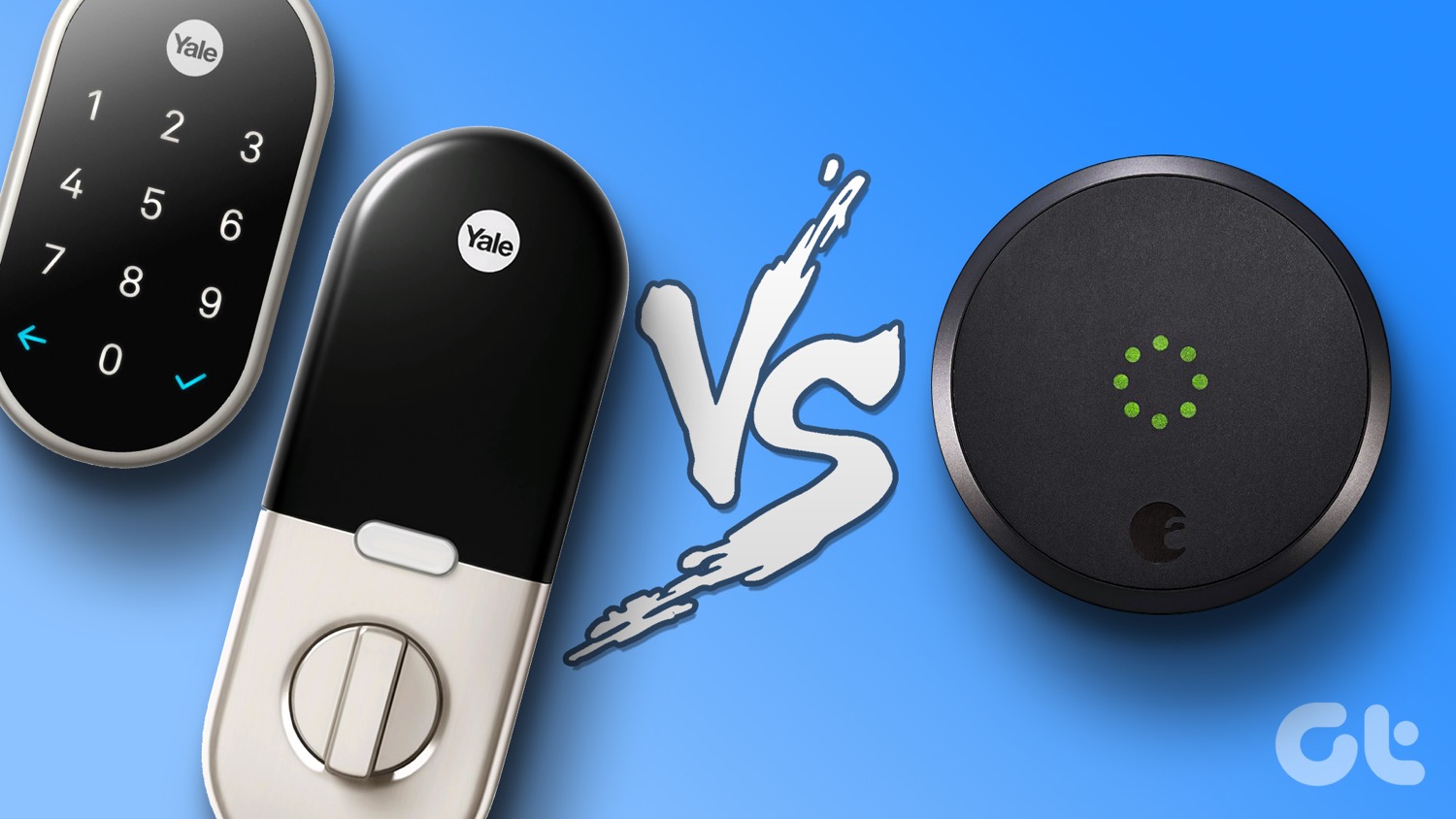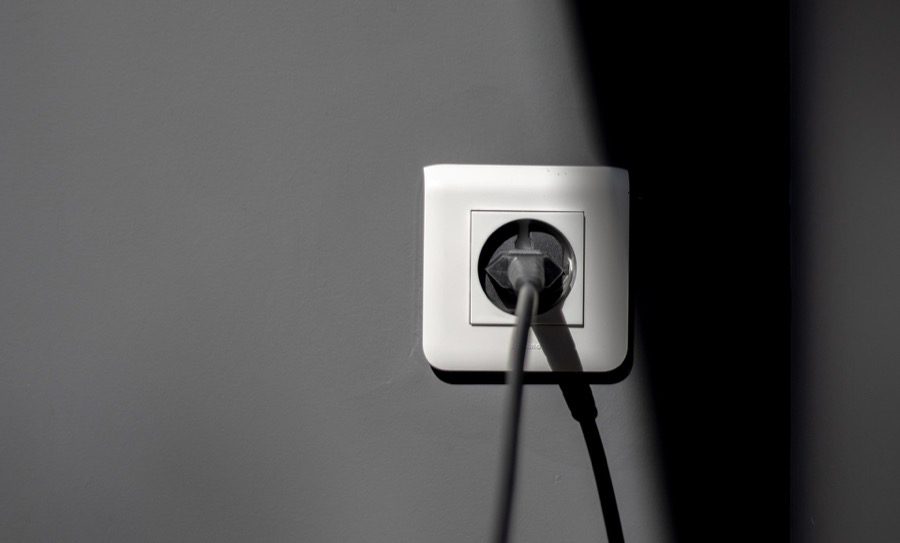Fast forward a few years, I couldn’t help noticing the gaps in this password implementation (I won’t call it a password manager, though). Due to lack of a master password, anybody who had access to my laptop could see my passwords. All they had to do was go to Settings > Manage Passwords and click on the little eye icon. On top of it, you can count the number of Android apps that support Smart Lock on your phone, on your fingers. Due to this limitation and my tendency to forget passwords, signing in to apps such as Twitter became an annoying affair, especially when I switched phones. Besides working only on Chrome, Smart Lock doesn’t have a password generator or a dedicated UI. So, it got me thinking. Is Smart Lock worth the convenience? Or rather, should I trust Google with my passwords? If you have the same doubts, disabling Google’s Smart Lock is no rocket science. So, let’s see how to get it done.
Disable Smart Lock on Chrome
Step 1: On Chrome, go to the browser settings by clicking on the three-dot menu at the upper-right corner. Step 2: Scroll down to the Passwords and forms option and click on Manage passwords. Alternatively, you can type ‘password’ in the search bar above. Step 3: Once in, toggle the switch for ‘Offer to save passwords off’. Meanwhile, also disable ‘Auto Sign-in’.
Disable Smart Lock on Android
Disabling Smart lock for Passwords on Android is more or less a similar (and simple) affair. Simply open Chrome on your Android and go to Settings. Tap on Passwords and toggle the switch for Save Passwords option and Auto Sign-in to off.
What To Do With the Saved Passwords?
Now that you have turned off Google’s Smart Lock, what do you do with the saved passwords? Surely you can’t have them lying around. Go to Google’s Password account and click on the Delete icon. Alternatively, you can clear the browsing history to remove all the passwords from Chrome. Make sure you choose the Time range as All time. However, for Google’s password account, you’d have to go the manual way of selecting and deleting.
What About Smart Lock for Android
Now that we are talking about Smart Lock for Passwords, there’s another feature that comes under the Smart Lock umbrella — Smart Lock for Android. Designed to make your life less miserable, this feature identifies a few trusted places and keeps your phone unlocked when at those locations. Similarly, you can mark a paired device (such as your car’s Bluetooth music system or your smartwatch) as trusted and your phone will be automatically unlocked when these devices are nearby. However, the ‘Expectation vs Reality’ scenario is quite different. Firstly, this feature is pretty easy to compromise. Imagine someone running off with your phone and smartwatch together. In such a case, gaining access to your phone’s content would be a walk in the park. After all, you left the front door open. To switch this feature off, head over to Settings > Lock Screen Security > Smart Lock. This can vary from device to device. In case you don’t find it here, merely search for the same in the search bar. If it’s the Trusted Place you wish to deactivate, tap on the place and select Turn off.
What Now?
So with Smart Lock on Chrome gone for good, how am I managing? Besides remembering passwords, I have switched to Dashlane. Now, I just have to remember a master password (smiles ear to ear). Besides using AES-256 end-to-end encryption, Dashlane also has a clean interface. Coming to the main point, it does an awesome job of remembering all your passwords and keeping them secure. Other than that, it also comes with a Password Health feature and a security dashboard.
Password Manager or Smart Lock?
Google’s Smart Lock is one of the simplest ways to get past the login screen, however, the security scenarios are far too grave to be ignored. So, if you are thinking of shifting to a dedicated Password Manager, read through the following comparison to help you make an informed choice. The above article may contain affiliate links which help support Guiding Tech. However, it does not affect our editorial integrity. The content remains unbiased and authentic.




















